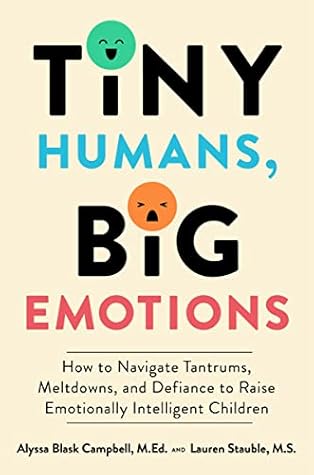More on this book
Community
Kindle Notes & Highlights
Read between
July 16 - August 19, 2025
We particularly love Ellyn Satter’s work on the Division of Responsibility,8 which explains that adults are responsible for the structure of a meal (what is served, where, and when) and that children are always responsible for their bodies (if and how much they will eat). A meal schedule for children with food offered every two to three hours helps them learn to develop internal cues for being hungry and full.9
Our bodies need proprioceptive input (aka big body play; see here for a list of examples) every ninety minutes to two hours.
When children do not feel safe, their amygdala is activated, and they instinctually prioritize protecting themselves over learning or using their rational thinking to motivate their behavior. In these moments we need to soothe. We can teach later. When people feel safe, their rational thinking brain (prefrontal cortex) is accessible, and they are ready to learn.
It’s our job to set boundaries, and it’s a child’s job to push them, to see if they’re real, to see if we will really keep them safe.
Eating, sleeping, and toileting are the three things children can control. Expect that at least one of these routines will be different.


